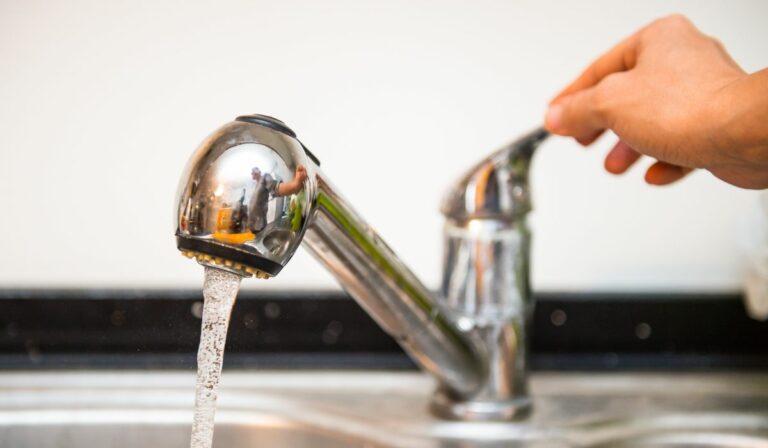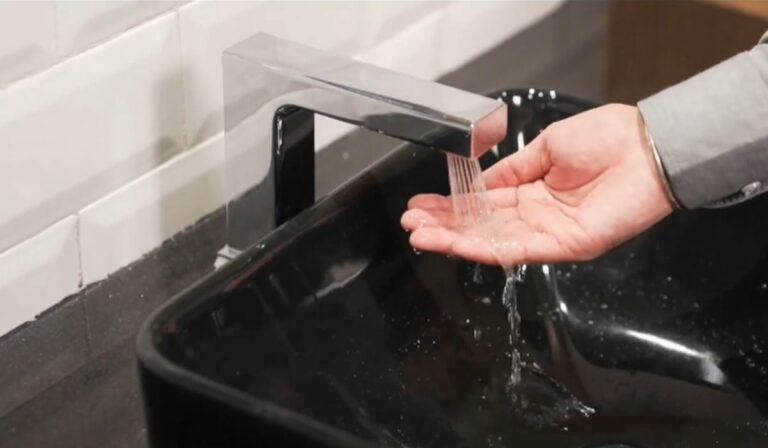How To Fix A Delta Kitchen Faucet
A leaky or malfunctioning kitchen faucet can quickly turn a simple task like washing dishes into an annoying chore. If you own a Delta kitchen faucet, the good news is that many common problems have straightforward fixes you can handle yourself. This guide walks you through diagnosing and repairing typical Delta faucet issues step-by-step, empowering you to save time and avoid costly plumber visits.
Understanding Common Delta Kitchen Faucet Problems
Delta kitchen faucets are known for their durability and style, but like all fixtures, they occasionally develop issues. The most common problems you might face include:
- Leaking faucet: Dripping from the spout even when turned off.
- Low water pressure: Reduced flow or inconsistent water delivery.
- Loose faucet parts: Handles or spouts that wobble or move excessively.
- Difficult handle operation: Handles that feel stiff or hard to move.
Understanding these typical issues is your first step. Most stem from worn cartridges, degraded O-rings, or mineral buildup, elements you can often replace or clean yourself. Knowing the problem helps target your repair effort effectively.
Tools And Materials You’ll Need
Before jumping into repairs, make sure to gather the right tools and replacement parts to ensure a smooth process. Here’s what you’ll typically need for fixing a Delta kitchen faucet:
- Adjustable wrench or basin wrench for tight spaces
- Phillips and flathead screwdrivers
- Allen wrench set (usually 1/8 inch for Delta handles)
- Replacement cartridge specific to your faucet model
- O-rings and seals kit compatible with Delta faucets
- Plumber’s grease for lubricating parts
- Clean cloth or rag
- White vinegar and a small brush for mineral deposit cleaning
Having all these handy before you start will save frustration and help get your faucet back in working order faster.
Step-By-Step Guide To Fixing A Leaking Faucet
A leaking faucet is the most common complaint, typically caused by a worn-out cartridge or damaged seals. Here’s how to tackle it yourself:
Identifying And Replacing Faulty Cartridge
- Turn off the water supply: Locate the shut-off valves under the sink and close them to prevent water flow.
- Drain the faucet: Open the faucet to release remaining water.
- Remove the handle: Use an Allen wrench to loosen the set screw usually hidden under a decorative cap. Pull the handle off gently.
- Unscrew the retaining clip: Using needle-nose pliers, carefully remove the clip holding the cartridge in place.
- Extract the cartridge: Pull the cartridge straight out, sometimes a cartridge puller tool helps or wiggle gently if stuck.
- Inspect and replace: If worn or damaged, replace it with an exact match.
- Reassemble: Insert the new cartridge, secure the clip, reinstall the handle, and test for leaks by turning water back on.
Cleaning And Replacing O-Rings And Seals
- After removing the cartridge, check the O-rings and seals on the cartridge and inside the faucet body.
- Remove any worn or cracked O-rings with a small pick or screwdriver.
- Clean the area thoroughly to remove any mineral deposits using white vinegar and a brush.
- Lubricate new O-rings with plumber’s grease and install them carefully.
- Reassemble and test the faucet.
Replacing these seals often stops drips and restores smooth handle operation.
Tightening Loose Faucet Parts
Loose faucet handles, bases, or spouts can be more than an annoyance, they might lead to leaks or further damage. Here’s how you can tighten common loose parts:
- Handles: Most Delta faucet handles are secured with a small set screw typically located under a cap or on the side. Use an Allen wrench or screwdriver to snug these screws, but don’t over-tighten as it can strip the threads.
- Spout: If the spout wobbles, try tightening the set screw under the spout. You might have to remove a decorative cap to access it.
- Mounting nuts: Under your sink, use a basin wrench to check and tighten mounting nuts that secure the faucet base to the sink.
Check all moving parts for stability regularly to avoid minor issues turning into bigger repairs.
Fixing Low Water Pressure Issues
Low water pressure from your Delta faucet can stem from a few culprits: clogged aerators, mineral buildup inside the valve, or supply line problems.
- Clean the aerator: Unscrew the aerator at the spout tip, soak it in white vinegar to dissolve mineral deposits, scrub gently, then rinse and reinstall.
- Flush for debris: With the aerator off, briefly turn on the faucet to flush out sediment inside the faucet body.
- Inspect supply lines: Check under the sink for kinked or clogged supply lines, replacing if necessary.
- Cartridge issues: Sometimes a partially clogged cartridge can reduce flow: removal and cleaning or replacement might be needed.
Addressing these steps usually restores proper water flow and pressure.
When To Call A Professional Plumber
While many Delta kitchen faucet repairs are manageable for do-it-yourselfers, there are times when calling a professional is the safer and more effective route:
- Persistent leaks after repairs: If your faucet continues to drip or leak even though changing cartridges and seals, an underlying plumbing issue might exist.
- Valve or pipe damage: Damage beyond the faucet, like corroded pipes or valve failures, requires expert attention.
- Complex installations or replacements: Removing old faucets with damaged mounting hardware or installing new fixtures sometimes needs specialized tools and experience.
- Gas or water shut-off concerns: If turning off water supply is complicated or affects multiple fixtures, a plumber can help manage safely.
Knowing when to ask for professional help saves you stress, prevents water damage, and ensures your plumbing system stays in good shape.
Conclusion
Fixing your Delta kitchen faucet yourself is a rewarding way to restore your kitchen’s functionality and avoid unnecessary plumbing costs. By understanding how your faucet works, gathering the right tools, and following targeted repair steps, from replacing cartridges and seals to tightening loose parts and clearing aerators, you can tackle most common problems with confidence. But, don’t hesitate to call a professional when repairs exceed your comfort level or persist beyond your efforts. With a little patience and the guidance above, your Delta faucet will be running smoothly in no time.



